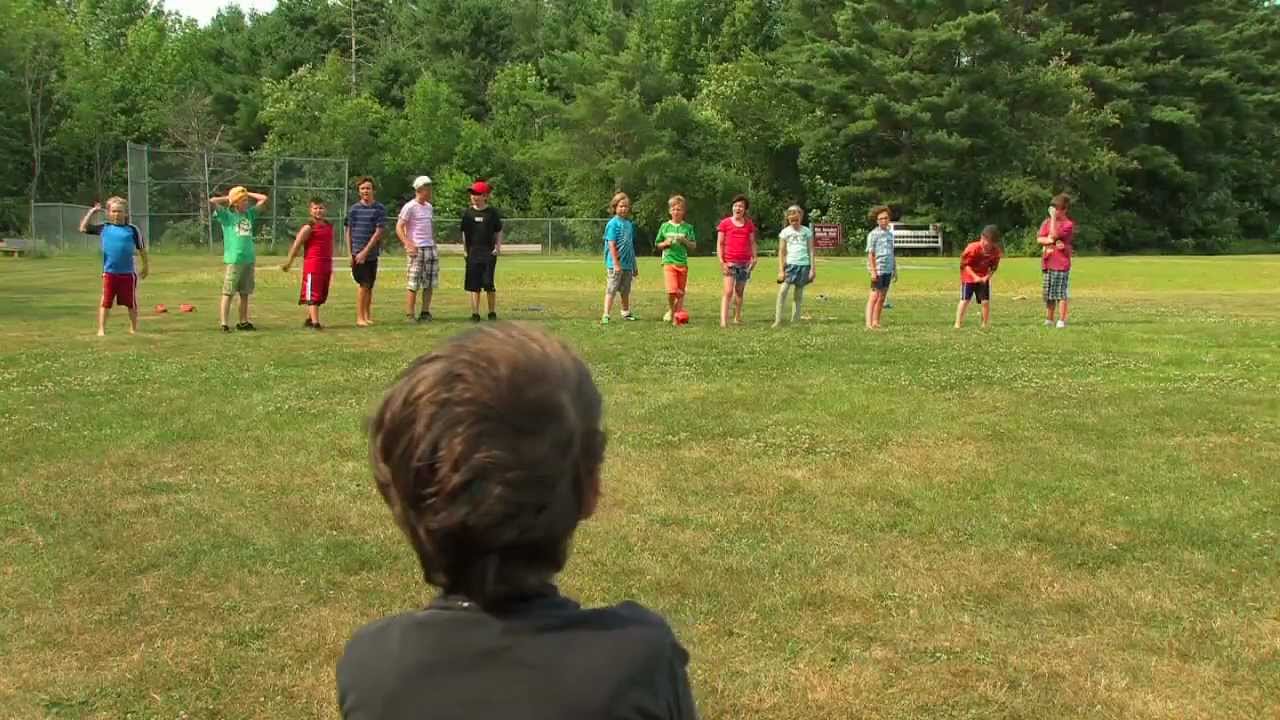
Red Light, Green Light is a classic childhood game that has been entertaining children for generations. It’s a game of strategy, anticipation, and quick reflexes that brings out the competitive spirit in everyone. But did you know that there are some surprising facts about this seemingly simple game? From its origins to its popularity around the world, Red Light, Green Light holds some interesting secrets that are worth exploring. In this article, we will dive into 12 surprising facts about Red Light, Green Light that will not only fascinate you, but also give you a deeper appreciation for this beloved game. So, get ready to relive your childhood memories and discover some astonishing trivia about Red Light, Green Light!
Key Takeaways:
- Red Light, Green Light originated in ancient Greece as “Statues” and promotes physical activity, teamwork, and reflex development among children, making it a fun and educational game enjoyed worldwide.
- Playing Red Light, Green Light fosters social interaction, creativity, and fond childhood memories, making it a versatile and timeless game that brings joy to people of all ages.
Origin of the Game
The origins of Red Light, Green Light can be traced back to ancient Greece. It was known as “Statues” and involved players freezing when the command was given. Over the years, the game evolved into the version we know today.
Physical Activity
Red Light, Green Light is not just a fun game, but it also provides a great opportunity for kids to engage in physical activity. Running, stopping, and starting again helps children develop their coordination and motor skills.
Worldwide Popularity
This beloved game is played all around the world. It spans across different cultures and has variations in different countries, but the basic concept remains the same.
Improved Listening Skills
Red Light, Green Light helps children develop their listening skills as they have to pay close attention to the commands given by the leader of the game. It encourages them to listen and react quickly.
Teamwork and Cooperation
Playing Red Light, Green Light promotes teamwork and cooperation among children. They must work together to reach the finish line without getting caught, fostering a sense of camaraderie.
Sneaky Strategies
Some players have developed sneaky strategies to gain an advantage in the game. They may take small steps during the “Green Light” phase to cover more ground, making it harder for others to catch up.
Reflex Development
Red Light, Green Light helps improve reflexes as children have to respond quickly to the “Red Light” command and stop in their tracks. This enhances their ability to react swiftly in other situations as well.
Adaptability to Different Settings
One of the great things about Red Light, Green Light is its adaptability to different settings. It can be played indoors or outdoors, making it a versatile game for various occasions and environments.
Social Interaction
Playing Red Light, Green Light allows children to interact with their peers in a fun and engaging way. It provides an opportunity for them to make new friends and develop social skills.
Educational Benefits
While Red Light, Green Light is primarily a recreational game, it also offers educational benefits. It teaches children the concept of following rules, waiting for their turn, and understanding the consequences of not following instructions.
Spontaneity and Creativity
Red Light, Green Light encourages spontaneity and creativity among children. They can come up with their own variations of the game, adding new commands or twists to make it even more exciting.
Fond Childhood Memories
For many people, Red Light, Green Light brings back fond memories of their childhood. It’s a game that is often associated with laughter, joy, and carefree moments spent with friends and family.
So, the next time you gather with friends or family, don’t forget to play Red Light, Green Light and relive those cherished memories. It’s a game that never gets old and continues to bring joy to people of all ages.
Conclusion
In conclusion, Red Light, Green Light is not just a childhood game; it is a game that has left a lasting impact on our culture and society. Through its simple rules and playful nature, it has managed to teach us valuable lessons about patience, anticipation, and teamwork. The game has also transformed into a popular television show, engaging audiences of all ages worldwide. From its origins in ancient China, the game has evolved and adapted, becoming a staple in many social gatherings and events. So next time you find yourself playing Red Light, Green Light, remember the rich history and surprising facts behind this beloved game.
FAQs
Q: How did Red Light, Green Light originate?
A: Red Light, Green Light has roots in ancient China and was originally known as “Dong macha,” meaning “Freeze move” in Chinese. It was believed to have been played as early as the Tang Dynasty.
Q: What are the rules of Red Light, Green Light?
A: The rules vary slightly depending on the region and version played, but generally, one player acts as the “traffic light” who turns their back to the other players and says “Red Light” (meaning to stop) or “Green Light” (meaning to move forward). The goal is to reach and tag the traffic light without being caught moving.
Q: Is Red Light, Green Light only played by children?
A: While Red Light, Green Light is commonly associated with children’s games, it is enjoyed by people of all ages. It is often played at parties, picnics, and even competitive events.
Q: Are there any variations of Red Light, Green Light?
A: Yes, there are various adaptations of the game with different rules and names across different cultures. Some examples include “Statues” in the United Kingdom and “Statue” in South Africa.
Q: Is Red Light, Green Light more than just a game?
A: Yes, Red Light, Green Light has transcended its origins as a game and has been featured in popular culture. It has appeared in films, television shows, and even in music, solidifying its place as a recognizable and influential part of entertainment.
Red Light, Green Light is just one of many classic games that bring joy and nostalgia. Why not explore more fun-filled activities? Capture the Flag with water balloons adds a refreshing twist to outdoor games. Curious about how your body benefits from play? Check out these fascinating physical activity facts. Ready for some indoor entertainment? Discover the best family board games and learn their game rules. No matter your preference, there's always a new game to enjoy with loved ones!
Was this page helpful?
Our commitment to delivering trustworthy and engaging content is at the heart of what we do. Each fact on our site is contributed by real users like you, bringing a wealth of diverse insights and information. To ensure the highest standards of accuracy and reliability, our dedicated editors meticulously review each submission. This process guarantees that the facts we share are not only fascinating but also credible. Trust in our commitment to quality and authenticity as you explore and learn with us.


